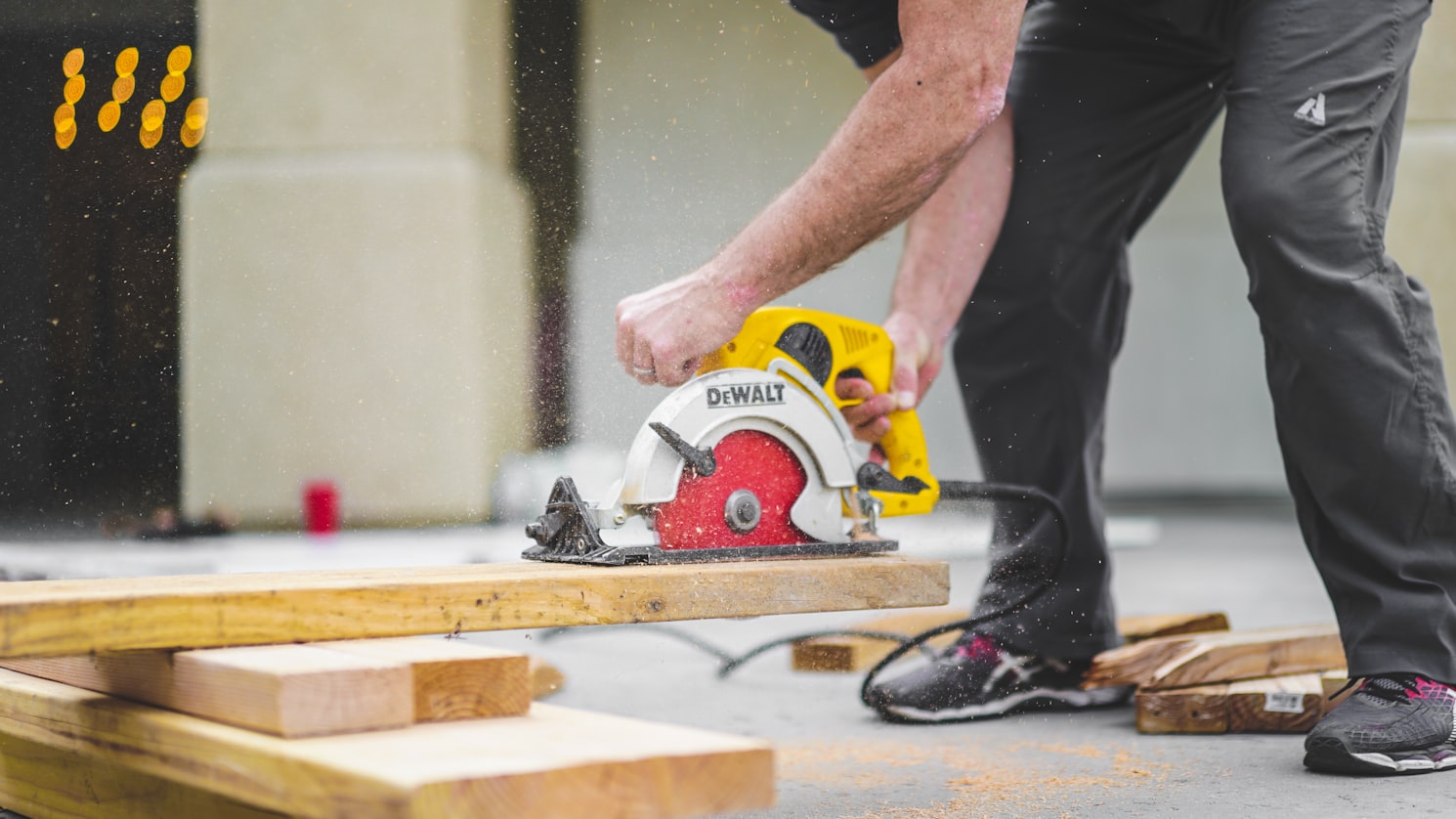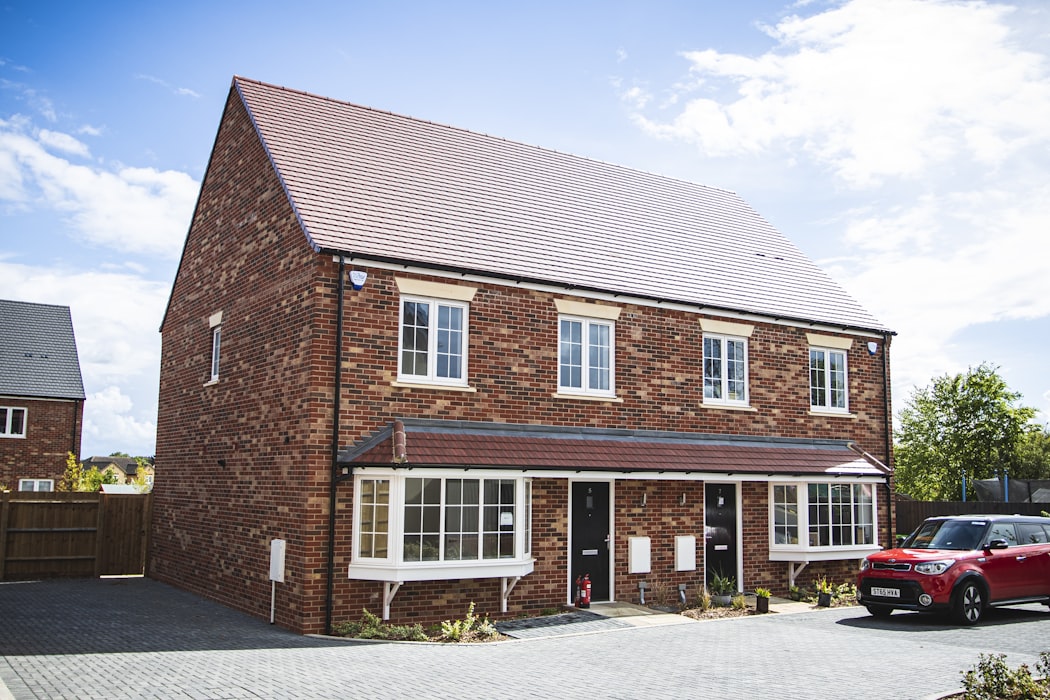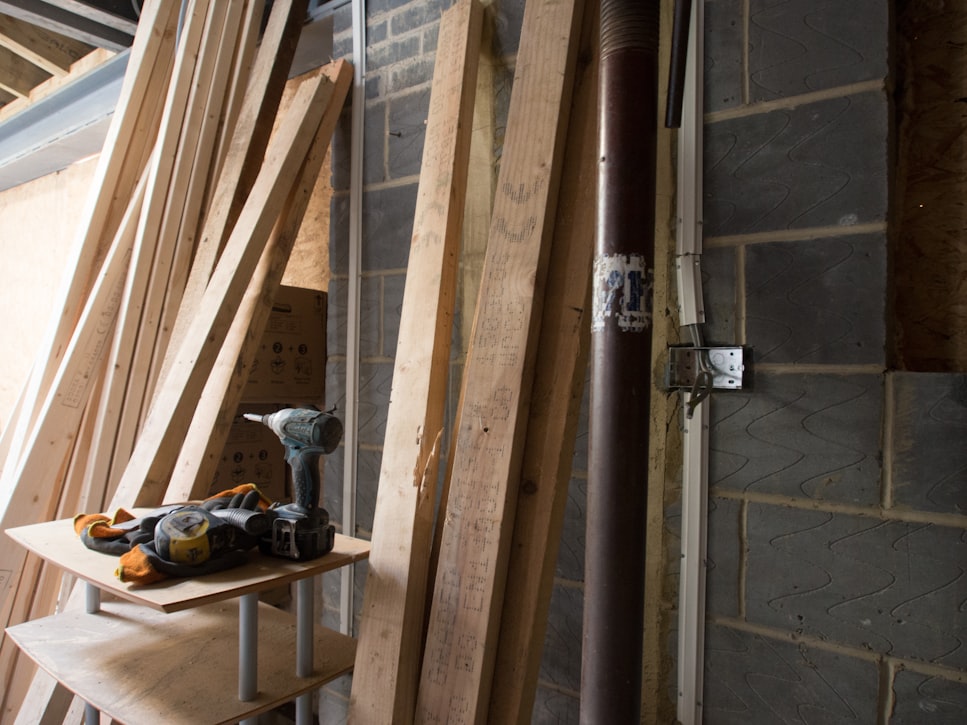How To Quickly Calculate Building Costs

If you’re planning on building a house from scratch, it’s important to accurately estimate the costs for the project. A build cost calculator can help you do this. With our build cost calculator, you’ll be able to figure out whether you need to borrow any money to finance your new build, and you’ll also be able to determine whether your proposed specification is achievable on budget.
The PropertyData build cost calculator is quick and easy to use and will provide you with an approximate build cost based on:
- The location of your property (by postcode)
- The type of property you are intending to build (houses or flats)
- The tier of the property you are intending to build (premium, standard or economy)
How do I estimate building costs?
While a build cost calculator can be a useful tool for approximating the cost of a construction project, it’s worth remembering that no two projects are alike. There are lots of variables to consider when estimating building costs. It can be beneficial to break down the process step-by-step to create a better framework for estimating new build construction budgets. To do this, start by asking the following:
1) How much is it per square foot to build a house?

“What is the rate per square foot to build?” is one of the most commonly-asked questions by those looking to begin a first-time construction project. While there’s no tried-and-tested formula to determine this, one of the best methods is to look at recently completed construction projects in your local area. Prices can vary by postcode, which means the cost of a new build in rural Cumbria might be significantly less than in the South East of London.
In London, average £/sqft construction costs for a medium standard house is £190/sqft - and that’s before you consider land purchase costs, utility works, groundworks and professional services fees.
2) How will my building plans affect cost?
A standard house – essentially a cube with a roof and standard windows and doors – is the cheapest way to build. On the other hand, a complex design with a higher surface-area-to-volume ratio and more custom features will cost much more to build.
Your architect can help discuss the options specific to your site with you.
3) How do I choose the right builder?
When you put the building contract out to tender, look for the right balance between quality and value for money. Once you’re at a stage where you’re ready to construct, your builder should be able to give you an accurate estimate of the cost per square foot and therefore total cost.
It makes sense to double check whether things like landscaping and site work are included.
How much does it cost to build a house in 2021 UK?
A typical new build in London will cost somewhere between £190 - £330/sqft to build. An 1,500 sqft house with four bedrooms will therefore cost around £400,000.
However, not all homes are alike, and there are several issues that could increase the overall cost of your new build. These can include:

- Parking costs: if your builder requires permits to park vehicles or place waste management skips outside, you can expect to bear the cost of these.
- Site access: getting machinery onsite may require heavy lifting equipment if the area is difficult to access (for example, if it is situated on a narrow track or at the rear of a terrace).
- Location: while competitive contract tendering can help keep costs down, in certain postcodes (such as an isolated area with few contractors to choose from), you might expect to pay more. Some contractors will charge more depending on the borough they are working in.
- Land acquisition: prices can vary considerably based on the size and location of your plot. A plot with planning consent already granted is likely to cost more than a similar plot with no approval, although there is a certain risk in purchasing land to develop without having prior planning consent to do so.
- Consultancy fees: the cost of your project manager, architect and other consultants will vary depending on the complexity and the size of your project. Remember to budget for other essentials like structural engineers, party wall surveyors and approved inspectors, too.
- Financing: if you require a loan to begin your project, the interest terms of the loan will affect the overall cost of the build.
Are there any tax benefits to building a new home?
The good news is there's a stamp duty saving building a new house rather than buying old stock. For a new build, stamp duty is calculated on the value of the land only, which is usually much less than the value of land with an existing property on it.
You won’t be expected to pay VAT on the construction costs for a new build either. For a building project to be classed as “zero-rated” for VAT purposes, the project must fit the criteria of being a genuinely new, self-contained dwelling. However, you will still be expected to pay VAT on things like consultancy fees.
How much profit can I expect to make on a new build?
Profits on new build homes can vary wildly, depending on location, average house prices at the time of sale, the style of the property, the size of the property and the demand for housing in the area.
It's best to estimate the profit on a £/sqft basis. We've talked about £/sqft construction costs above. Then you can determine the £/sqft house values in the local area.
A rough estimate of your profit is the difference between the £/sqft value, and the £/sqft construction costs.
But make sure to account for land purchase and professional fees as well.
Free build cost calculator
If you’re considering a new build, it makes sense to use the PropertyData build cost calculator to get an estimate. While there are variables that a cost calculator cannot take into account (such as materials, plant hire or consultancy costs), you should be able to gain a reasonable insight into the price of a new build in your desired area.
When factoring in building costs, it’s always a good idea to aim slightly under your budget. This way, you’ll still have spare capital to address any potential issues or unforeseen costs, should they arise.
Find out more
To learn how you can use PropertyData to make informed property decisions, check out our tutorials section.



